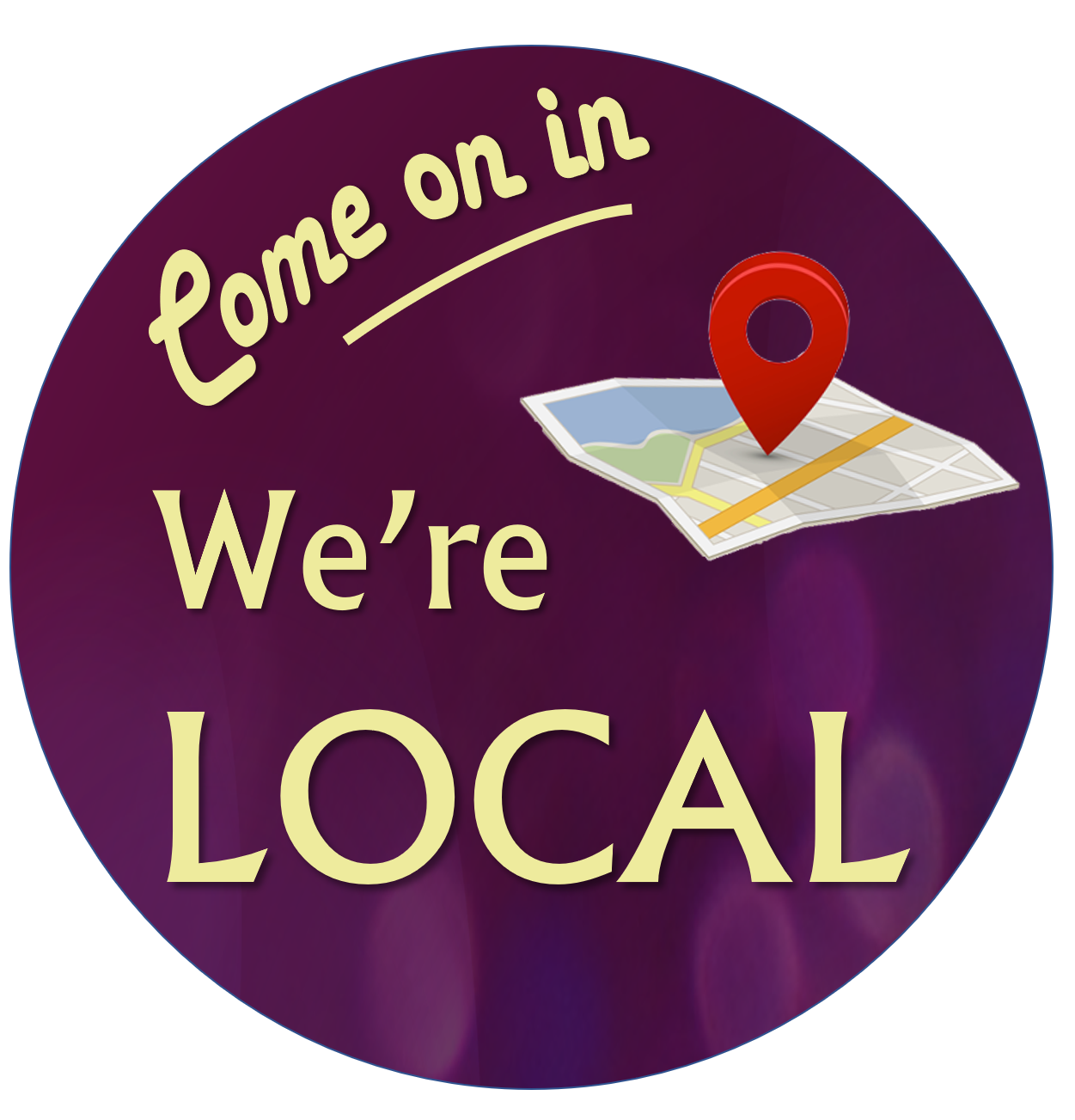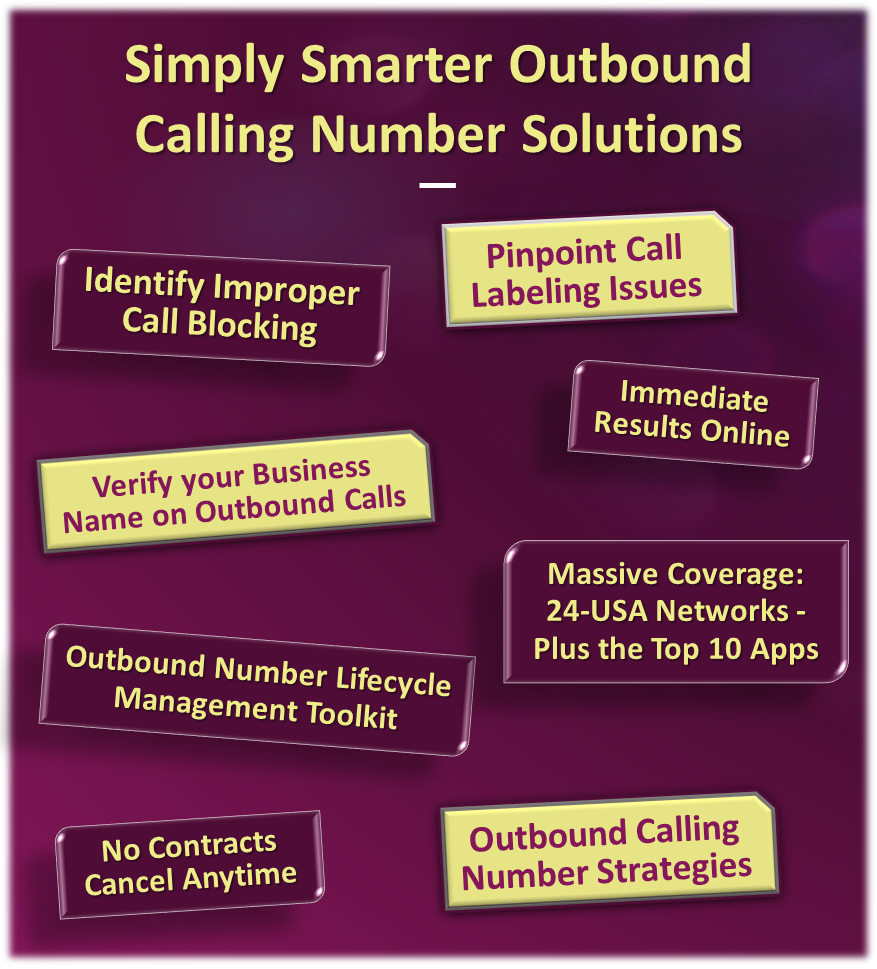
In a previous article, we provided a complete analysis of the impact of call labeling and call blocking when using both Toll-Free and Local calling numbers in your outbound calling number strategy.
In this article we discuss the impact of call labeling and call blocking on Traditional Local calling numbers – outbound calling numbers that are typically assigned to the area where your office is located – versus the impact of call labeling and call blocking when using Remote Local calling numbers – outbound calling numbers that are usually assigned to a geographic area near the consumer you are calling.
 Changes in consumer call answering behavior have effectively made some local number strategies obsolete, while diminishing the effectiveness of other local calling number approaches. Today, Remote Local calling numbers are 5.5 times more likely to be Labeled than Traditional Local calling numbers. Furthermore, Remote Local calling numbers are 3.1 times more likely to be Blocked than Traditional Local calling numbers. A well-informed outbound calling number strategy leans towards using Traditional Local calling numbers rather than Remote Local calling numbers. Let’s explore why…
Changes in consumer call answering behavior have effectively made some local number strategies obsolete, while diminishing the effectiveness of other local calling number approaches. Today, Remote Local calling numbers are 5.5 times more likely to be Labeled than Traditional Local calling numbers. Furthermore, Remote Local calling numbers are 3.1 times more likely to be Blocked than Traditional Local calling numbers. A well-informed outbound calling number strategy leans towards using Traditional Local calling numbers rather than Remote Local calling numbers. Let’s explore why…
Mouseover or Tap for More Info…

 David King is a telecom futurist with a demonstrated history of thought leadership, innovation, and success in taking new technologies from concept to market. He has played key roles at several telecom carriers ranging from Tier 1 players to early stage startups.
David King is a telecom futurist with a demonstrated history of thought leadership, innovation, and success in taking new technologies from concept to market. He has played key roles at several telecom carriers ranging from Tier 1 players to early stage startups.
With a 30-year career emphasis on the productization of emerging technologies, David enjoys both a broad and a deep exposure to a wide variety of telecom and software segments.
A serial entrepreneur with 6 prior start-ups to his credit, David’s latest venture, Number Sentry, LLC is taking the call labeling and call blocking dilemma faced by legitimate outbound callers head-on with new tools, new techniques, and innovative technology designed to help businesses better connect with consumers.
![]()
The State of Local Calling Numbers

For many years, presenting a Remote Local calling number when calling consumers clearly improved call completion and callback rates. Calling from phone numbers that seemed familiar to the consumer and that looked like a number that could be calling from somewhere nearby has long been a tool to help businesses establish a more local feel or presence. Creating this impression of a local presence seemed like the right business decision since most business leaders intuitively grasp the importance of getting closer to the consumer. Moreover, projecting a local image by using Remote Local calling numbers on outbound calling campaigns tended to put consumers more at ease – resulting in higher answer rates and callbacks.
But this has changed dramatically over the past 3 years. Now many, if not most, consumers are aware of the concept of “Neighbor Spoofing”. Consumers have learned to simply not answer and to not return calls from phone numbers they do not recognize – especially if it looks like the call is coming from their own city or town. For today’s consumer, unless they recognize the caller’s number, the fear of connecting with a ‘bad robocaller’ far outweighs the risk of missing a legitimate call. Consumers have modified their thinking on whether to answer an incoming call to: “if this is a real and legitimate caller, they will leave a voicemail if it’s that important”. So, while many of the tactics used by illegitimate robocallers are dark, complex secrets, consumers readily understand the concept of Neighbor Spoofing and have adjusted their call answering and callback behaviors to avoid this tactic. This change in consumer call behavior is not a new phenomenon – it is well established. Just ask your kids, your parents, or a neighbor – they’ll tell you not to answer calls from numbers that look like your own phone number!
Traditional Local Numbers versus Remote Local Numbers
 With Traditional Local numbers, your outbound calling number is assigned a number with the same first six digits as other phone numbers in the same geographic area as one or more of your physical offices. The physical address of your office, referred to as the service address of the phone number, determines the first six digits of your outbound calling number. This is similar to the way phone numbers are assigned to a home phone or to your mobile phone. For home and mobile services, the first six digits of the telephone number you get is primarily assigned to people in the same geographic area. So, when calling someone from your own phone – your own phone number is always displayed to the recipient of the call no matter where they live. It’s the same when placing outbound calls to consumers using Traditional Local numbers. The calling number that appears on the consumer’s phone will be a number from the same geographic area as one of your physical offices – regardless of where the consumer is located.
With Traditional Local numbers, your outbound calling number is assigned a number with the same first six digits as other phone numbers in the same geographic area as one or more of your physical offices. The physical address of your office, referred to as the service address of the phone number, determines the first six digits of your outbound calling number. This is similar to the way phone numbers are assigned to a home phone or to your mobile phone. For home and mobile services, the first six digits of the telephone number you get is primarily assigned to people in the same geographic area. So, when calling someone from your own phone – your own phone number is always displayed to the recipient of the call no matter where they live. It’s the same when placing outbound calls to consumers using Traditional Local numbers. The calling number that appears on the consumer’s phone will be a number from the same geographic area as one of your physical offices – regardless of where the consumer is located.
 Remote Local numbers are different. With Remote Local numbers, a telephone number vendor obtains a pool of Local numbers from a broad set of cities, states, or regions you may want to call. These numbers are then reserved for your business and set up so that callbacks to these numbers will be directed to your call center.
Remote Local numbers are different. With Remote Local numbers, a telephone number vendor obtains a pool of Local numbers from a broad set of cities, states, or regions you may want to call. These numbers are then reserved for your business and set up so that callbacks to these numbers will be directed to your call center.
When placing outbound calls using a Remote Local number service, one of your assigned Remote Local numbers is matched to the phone number of the consumer you are calling. The Remote Local number is selected to make the calling number displayed on the consumer’s incoming call appear like it came from a caller located near them. The techniques for matching your Remote Local calling number to the consumer’s own phone number vary across the Remote Local number providers – but generally the point is to use a Remote Local number that makes the consumer think your call is coming from someone who is geographically close to them.
Business Name Display Differences

Both Remote Local Numbers and Traditional Local numbers can display both the calling phone number and your Business Name to the consumer. Having your business name linked to your outbound calling number is a critical part of reducing the amount of call labeling and call blocking on your outbound calls. But in practice, getting the correct business name to display on your calls is – well, it’s a real mess… Getting the correct business name displayed on your outbound calls depends on your outbound dialing arrangements. Some common scenarios include:
We dive deeper into how to get the correct business name displayed on your outbound calls in future article, but for now we’ll just say it’s far easier to get your business name presented correctly on calls using Traditional Local numbers than it is when using Remote Local numbers for outbound calling campaigns.
Call Labeling and Call Blocking Algorithms Favor Traditional Local Calling Numbers
In a recent Number Sentry study nearly a quarter of a million outbound calls from callers in the accounts receivable industry were analyzed. The study uncovered some shocking call labeling and call blocking differences between callers using Traditional Local calling numbers versus those using Remote Local calling numbers for outbound calling campaigns.
 More precisely, the data shows that Traditional Local calling numbers experienced a 3.0% call labeling rate compared to 16.6% for outbound calling campaigns using Remote Local numbers. Similarly, Traditional Local calling numbers demonstrated a 4.2% call blocking rate compared to 13.2% for outbound calling campaigns using Remote Local numbers. If you run the math on it and make some conservative assumptions that some labeled calls might be answered or get a callback despite being tagged with a negative label, the data indicates that using Remote Local calling numbers results in 17.9% fewer successful contacts due to the impacts of call labeling and call blocking.
More precisely, the data shows that Traditional Local calling numbers experienced a 3.0% call labeling rate compared to 16.6% for outbound calling campaigns using Remote Local numbers. Similarly, Traditional Local calling numbers demonstrated a 4.2% call blocking rate compared to 13.2% for outbound calling campaigns using Remote Local numbers. If you run the math on it and make some conservative assumptions that some labeled calls might be answered or get a callback despite being tagged with a negative label, the data indicates that using Remote Local calling numbers results in 17.9% fewer successful contacts due to the impacts of call labeling and call blocking.
The reasons for better call labeling and call blocking performance of Traditional Local calling numbers are clear.
Frankly, for businesses placing any significant volume of outbound calls, the odds are not in favor of an outbound calling number completely avoiding at least some degree of call labeling and call blocking. Choosing to use Traditional Local calling numbers over Remote Local calling numbers will help dramatically.
Beyond choosing Traditional Local Calling numbers, a well-reasoned and well-informed outbound calling number strategy that balances the needs of the business with the realities of today’s call labeling and call blocking environment will help your business better connect with more consumers. And, when such strategies embrace practices that promote well-managed outbound numbers using number management tools like Number Sentry, call centers can once again enjoy higher call completion rates, additional callbacks and will create more consumer connections.
In our next article we’ll explore 5 Common Outbound Calling Number Decisions that drive your call labeling and call blocking outcomes for the better – or for the worse… Until then, feel free to call us on our local number to chat about your call labeling and call blocking concerns: 678.915.2501
LAST UPDATED: 5-DEC-2024
Your Calling Number was listed in an
Most Recent FTC Complaint Data:
Your Calling Number was NOT listed in an